Publication Spotlight: Todd Mowery and Justin Yao
April 29, 2024Congratulations to Dr. Todd Mowery and Dr. Justin Yao at Rutgers University for their recent publication in Frontiers in Neurology. The paper is entitled “Superior semicircular canal dehiscence and subsequent closure induces reversible impaired decision-making”. DOI: 10.3389/fneur.2023.1259030
 Significance:
Significance:
The vestibular system is a complex sensory system involved in your sense of balance and spatial orientation, helping coordinate movement.
Vestibular loss or dysfunction is associated with cognitive defects, decreased spatial memory, attention, executive function, and other impairments. Superior Semicircular Canal Dehiscence (SSCD) is a vestibular-cochlear disorder in humans that causes vertigo and hearing loss, as well as impairments in decision-making, short-term memory, and concentration.
This paper aims to elucidate the relationship between vestibular impairment and downstream processes using an auditory and visual task with multiple difficulty levels.
Methodology:
Adult Mongolian gerbils were trained on one of four versions of a Go-NoGo stimulus rate discrimination task. They were given an auditory and a visual task, both with an “easy” and “hard” version.
After 10 days of training, the animals underwent surgery to the left superior semicircular canal to mimic the effects of SSCD. From days 5-15 after surgery, the animals were tested for:
1. 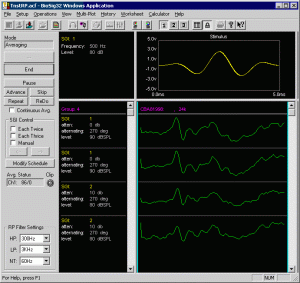 Sensory Impairment
Sensory Impairment
a. ABRs (Auditory Brainstem Response)
b. c+VEMPs (Vestibular Evoked Myogenic Potentials)
2. Behavioral Impairment
a. Decision Making Tasks
The ABRs and c+VEMPs were used to show that the vestibular system had been disrupted by the surgery. The decision making tasks were intended to test how the impaired system affected the behavior of the subject.
Results:
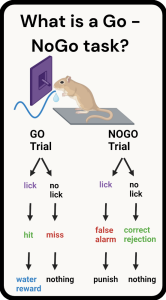
The results of the paper compared relative response accuracy (which the authors refer to as d-primes) before and after operation.
Behavioral performance was measured by d-primes (d-prime = Hits – False Alarms) as well as the following components:
-Hits
-Misses
-False Alarms
-Correct Rejections
The gerbil’s overall behavioral performance showed impairments after SSCD surgery. Testing 7 days postoperative showed decreases in correct responses and increases in incorrect responses. Vestibular activity was impaired by the surgery, as shown in the aberrant ABR and c+VEMP activity. Better accuracy correlated with better vestibular function; the gerbils who underwent the surgery performed worse than ones who underwent a sham surgery.
The animals with asymmetrical vestibular dysfunction performed worse on all versions of the Go-NoGo task, suggesting a connection between decision-making errors and the function of the vestibular system. By day 15, ABR and c+VEMP signals returned to baseline. This correlated with an improvement in decision making performance, further suggesting a relationship between the two processes.
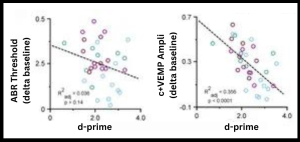
These scatter plots show the correlation between vestibular activity relative to baseline (ABRs on the left, c+VEMPs on the right) and the response accuracy (d-primes).
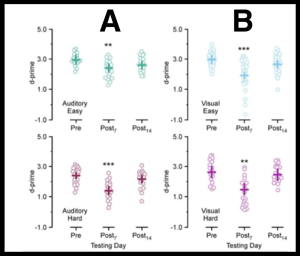
A. Scatter diagram comparing performance during the auditory task before and after (7 days post and 14 days post) the SSCD operation.
B. Scatter diagram comparing performance during the visual task before and after (7 days post and 14 days post) the SSCD operation.
TDT Equipment Used:
ABR and C+VEMP recordings were performed using the RZ6 processor and BioSigRZ software.
Behavior chambers were controlled by the iPac Multi-Node Behavioral Controller and iConZ Behavioral Control Interfaces.
The Go-NoGo behavioral paradigms were designed and run using the Pynapse coding interface within our Synapse software package.
Current Lab Focus:
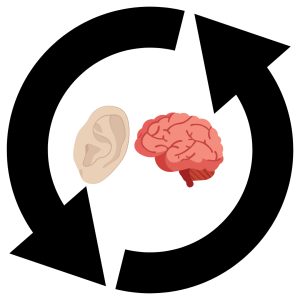
Todd Mowery and Justin Yao continue to investigate the connectivity between the auditory system and downstream processes.
The labs combine neuroanatomical tracing, neurophysiology, and behavioral paradigms to explore cognitive impairment caused by hearing loss and how auditory stimuli affect decision-making.
Hearing loss and dysfunction of the vestibular system will affect most people around the world, making it crucial to understand how this system affects our behavior as we live our lives.
